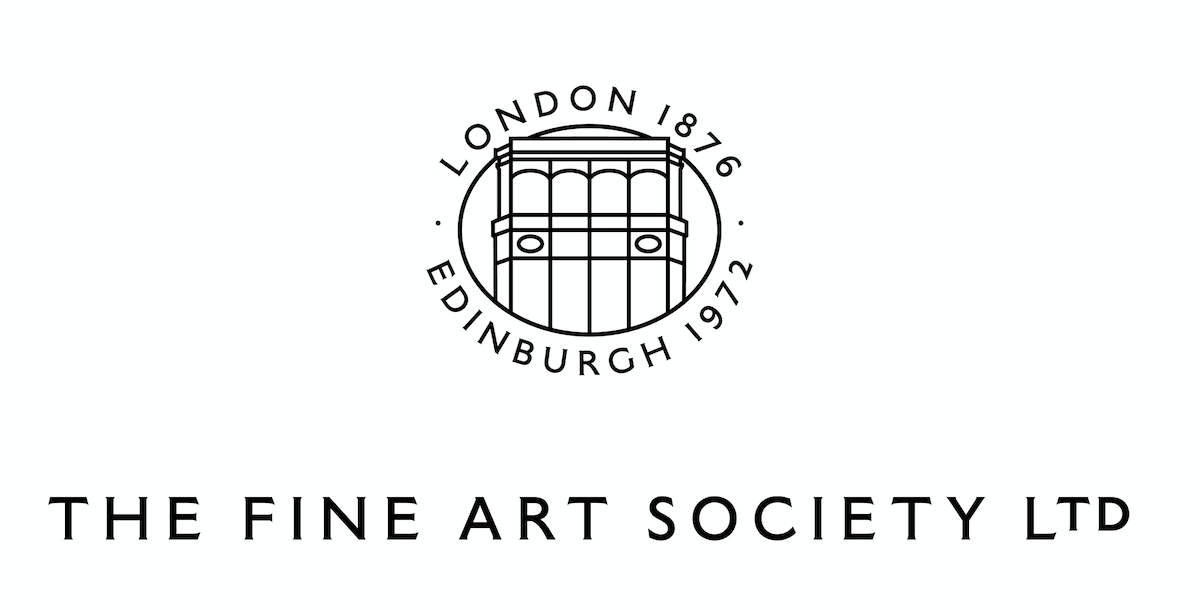Frederick Cayley Robinson RWS 1862-1927
An intriguing and enigmatic character, Cayley Robinson like many British artists in the early twentieth century, was influenced by the new idealism in art that was sweeping across Europe. Studying at the Académie Julian in Paris between 1891and 1894, he became deeply influenced by the artist Pierre Puvis de Chavannes. Of his work, Robinson was particularly taken by Le pauvre pêcheur, 1881, which exhibited themes of obvious biblical resonance, coupled with what was seen at the time, as a dull palette and a radical refusal to paint from traditional perspectives.
After a visit to Florence in 1898, he took to studying the techniques of tempera painting and the work of Giotto, Mantegna and Michaelangelo. As a result much of Robinson’s paintings are characteristic of 15th century Italian works on tempera: symmetrically balanced, flattened images with much of the focus being drawn to foreground.
Cayley Robinson was a deeply spiritual man and illustrated books such as The Little Flowers of Saint Francis of Assisi, 1915 and A Book of Quaker Saints, 1922. Many of the illustrations he completed had haunted and mysterious qualities, the most celebrated series being 16 works he produced to illustrate Maurice Maeterlinck’s 1911 book The Blue Bird: a fairy extravaganza in six acts, which follows a young wood- cutters son on his allegorical journey towards the meaning of spiritual joy and the truth of human happiness. Two years previously he had designed and produced the costumes and stage sets for the theatrical production at the Haymarket Theatre, and as such they are indicative of what is seen as traditional theatrical scenery.
We are actively seeking consignments of work by Frederick Cayley Robinson. Please contact us with details or to enquire after available works by this artist.

